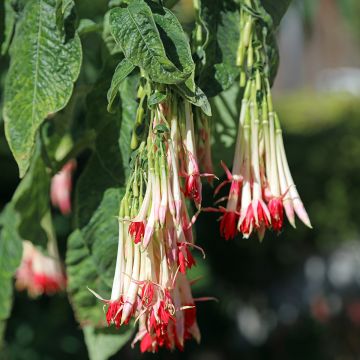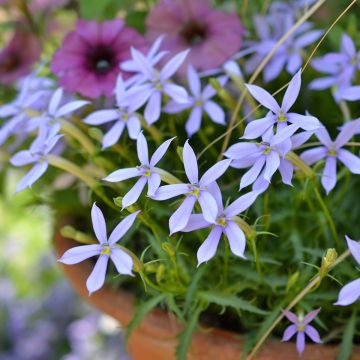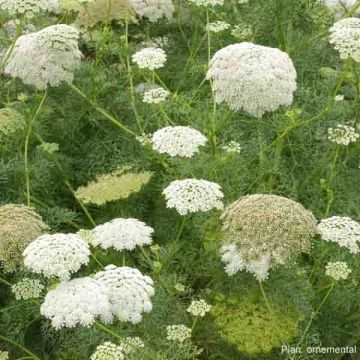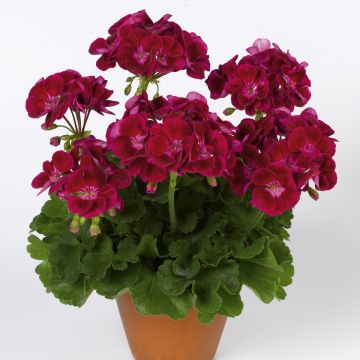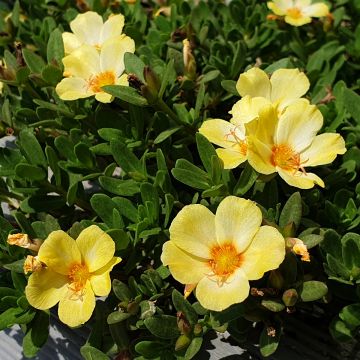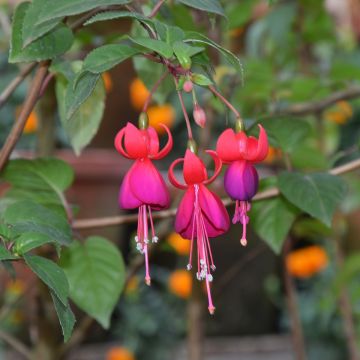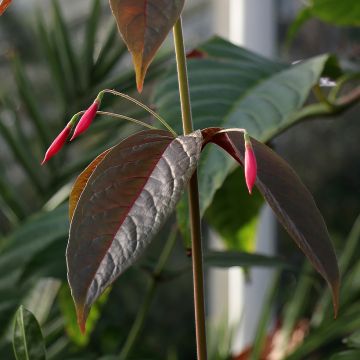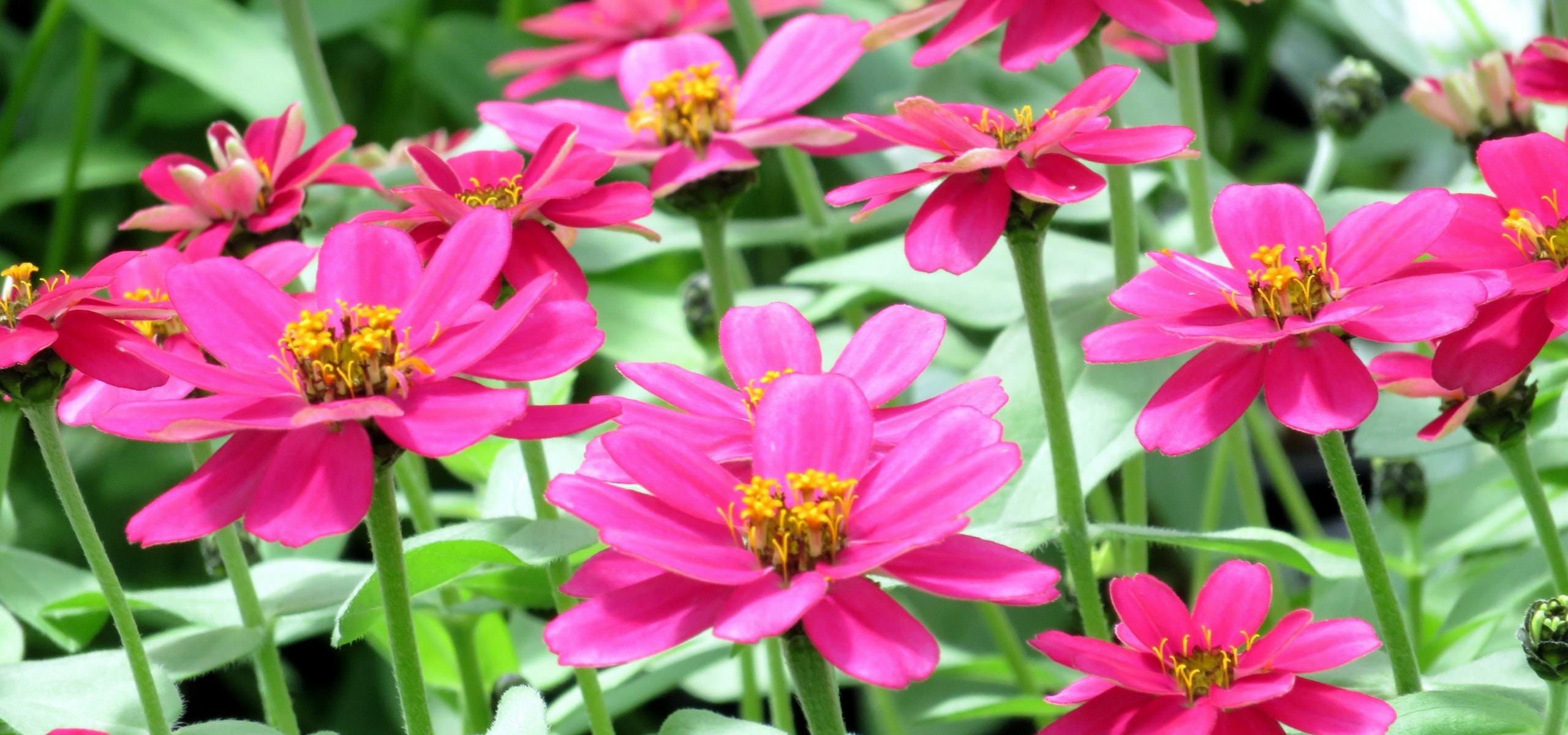
Annual plants: how to plant and care for them
All our tips for successful cultivation
Contents
Annual plants bring colour, variety, and vitality to your garden each year. Although their life cycle lasts only a year, they reward you with abundant and often spectacular flowering. To ensure these ephemeral plants reveal their full beauty, it is essential to plant them correctly and provide the appropriate care. We will explore some practical tips for planting and maintaining your annual plants, so you can enjoy their irreplaceable beauty throughout the entire beautiful season!
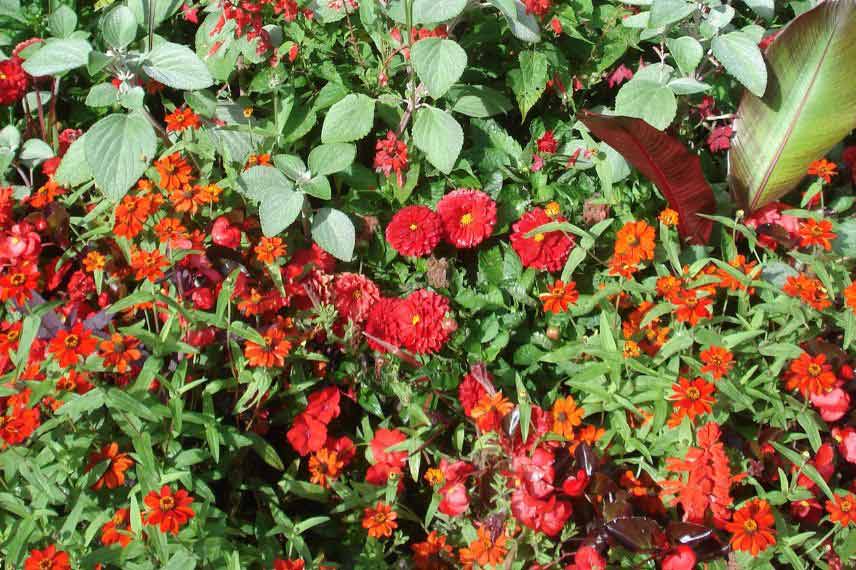
Where to plant them?
Annuals can be planted in the ground, in a flower bed, or in pots, window boxes or containers, which you can place on a windowsill, balcony or terrace, for example.
- In the ground, they benefit from a larger space for their roots, which promotes a more abundant flowering. Be sure to plant in well-drained soil enriched with organic matter to ensure their vigour throughout the season.
- In pots, window boxes or containers, they adapt perfectly to smaller spaces like balconies or terraces. Use quality potting soil and make sure the containers have drainage holes to prevent water stagnation. Growing in pots also allows for easy movement of the plants according to weather conditions, providing additional flexibility.
Containers also offer the opportunity to create harmonious floral compositions by combining several varieties of annuals with different colours and textures. By pairing them with trailing plants or grasses, you will achieve a striking visual effect.
In general, annual plants thrive with plenty of sun. Choose a location that receives at least six hours of direct light per day, ideally in the morning to avoid the heat of the afternoon. Also protect them from prevailing winds and drafts that can damage their fragile stems and accelerate drying out.
Some varieties of annuals tolerate high heat or more intense exposures better than others. For example, petunias and zinnias tolerate full sun all day, while plants like impatiens or begonias prefer a bit of shade in the afternoon. If you are growing in containers, the advantage is that you can easily move your pots or window boxes to adjust their exposure throughout the day or seasons.
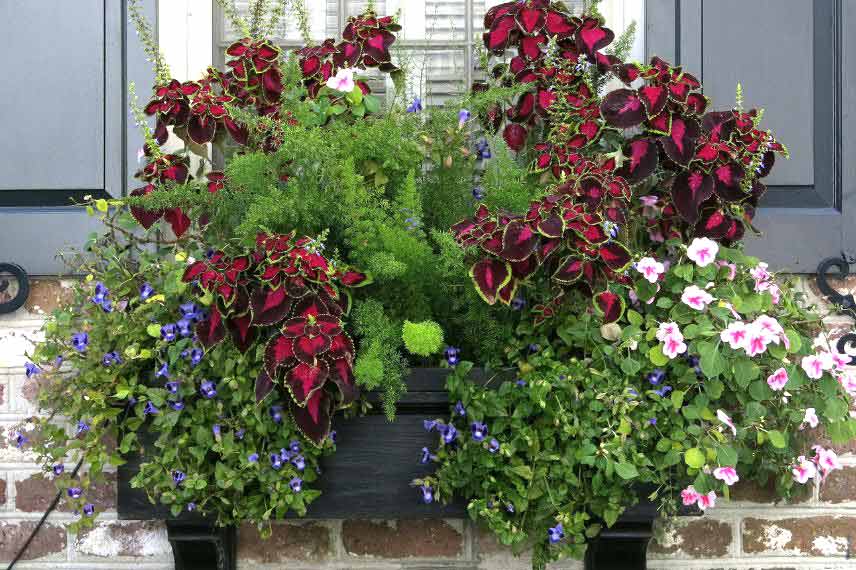
Read also
6 annuals or biennials for shadeIn which substrate should they be planted?
The choice of substrate is essential to ensure the healthy and vigorous growth of your annuals. A good substrate should provide both a good structure, adequate water retention, and sufficient drainage to avoid excess moisture.
If you are planting your annuals in pots or containers:
- We recommend using potting soil for containers and pots. This type of potting soil is specially designed to retain moisture while remaining well-aerated. It allows roots to spread easily, ensuring rapid growth and abundant flowering throughout the season.
- You can also use a mix of garden soil and potting soil for containers and pots to create a substrate that offers good structure and fertility.
Whatever your choice, ensure that the substrate is well-moistened before planting your annuals to prevent the roots from drying out and deteriorating.
If you are planting your annuals in the ground, ensure that the soil is well-drained, aerated, and rich in organic matter. Feel free to enrich it by adding compost or well-decomposed manure. Soil that is too heavy, such as clay soil, may retain too much water, which can lead to root asphyxiation. If your soil is too compact, you can improve it by adding sand to enhance drainage.
Discover other Plug plants - Annuals
View all →Available in 1 sizes
Available in 1 sizes
Available in 1 sizes
Available in 1 sizes
Available in 1 sizes
Available in 1 sizes
Available in 1 sizes
Available in 1 sizes
Available in 1 sizes
Available in 1 sizes
How to plant them?
Your annual plants in plug plants require immediate and appropriate care upon receipt of your order!
- Upon receipt of the package: As soon as you open your order, remove the plug plants from the boxes. Immediately submerge the roots in a shallow dish of water at room temperature for about 30 minutes to properly rehydrate them. Never replant dry plugs, as this may prevent the roots from establishing well.
- In regions where frosts have ended, you can directly plant your annuals in the ground or in pots. Choose a well-sunny location and follow the spacing recommendations for the plants according to the species.
- In regions where it is still freezing, it is preferable to plant your annuals in pots or containers and grow them indoors or in a sheltered area (greenhouse, conservatory). Ensure to maintain them at a minimum temperature of 10 °C and water regularly to keep the substrate moist without waterlogging. This will allow them to grow protected from cold temperatures while acclimatising.
- Final planting: As soon as all risk of frost has passed (often after the Ice Saints, mid-May in some regions), you can transplant them into the ground or take them outside. By this time, your annuals will have already developed their roots well and will be ready to thrive.
For more details, please consult our sheet: Planting annuals in plug plants
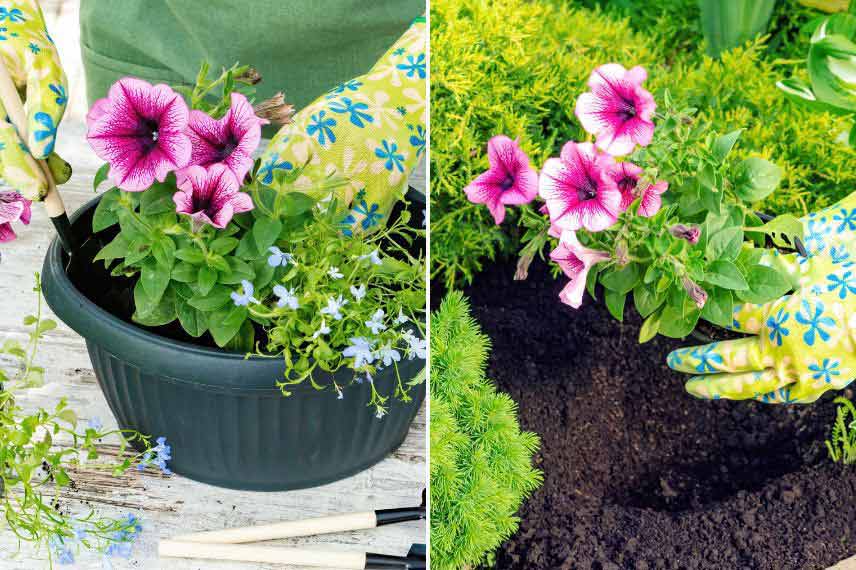
Read also
6 annuals or biennials for the sunHow to care for them?
A good maintenance routine is essential for your annual plants to remain healthy and bloom abundantly throughout the season. Here are the key steps to ensure their care:
- Annuals have a higher water requirement than perennials, especially during periods of intense heat and when grown in pots. Water regularly to keep the soil moist, but never soggy. Excess water can lead to root rot. It is preferable to water early in the morning or in the evening to avoid rapid evaporation and allow time for the water to penetrate the soil properly.
- Annual plants draw a lot of nutrients to support their rapid growth and continuous flowering. Use a fertiliser for flowering plants, rich in phosphorus and potassium, every two to three weeks. Regular nutrient supply will help them maintain their vigour throughout the season.
- Weeds can compete with your annuals by absorbing water and nutrients from the soil. Regularly remove weeds around your plants to prevent them from taking over. We recommend installing an organic mulch layer around your annuals to limit the growth of unwanted herbs and maintain soil moisture.
- Regularly remove faded flowers to encourage the plant to produce new blooms. This process promotes continuous flowering and extends the aesthetic lifespan of your annuals.
- Annuals can sometimes be susceptible to pest attacks (aphids, slugs) or diseases (powdery mildew, downy mildew). Frequently inspect your plants and address issues promptly, using natural solutions or appropriate treatments, to prevent them from spreading and causing significant damage.
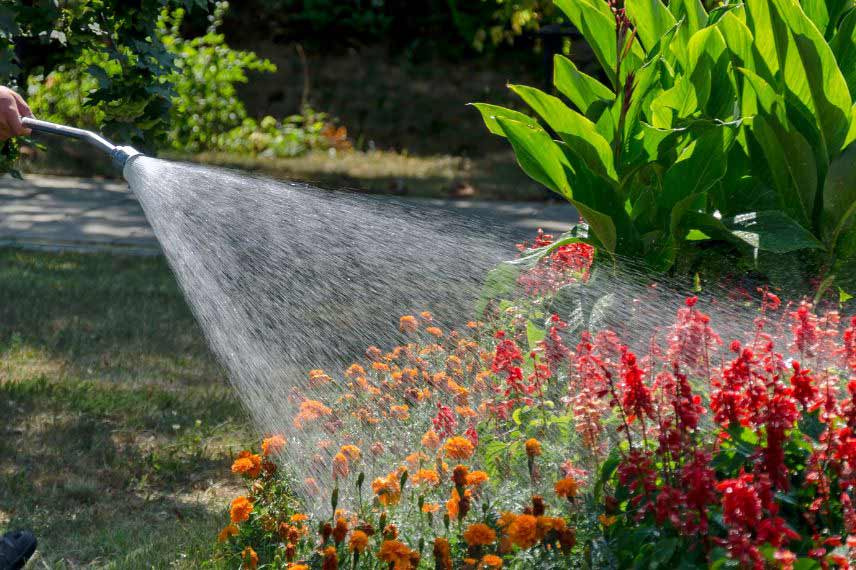
- Subscribe!
- Contents
































